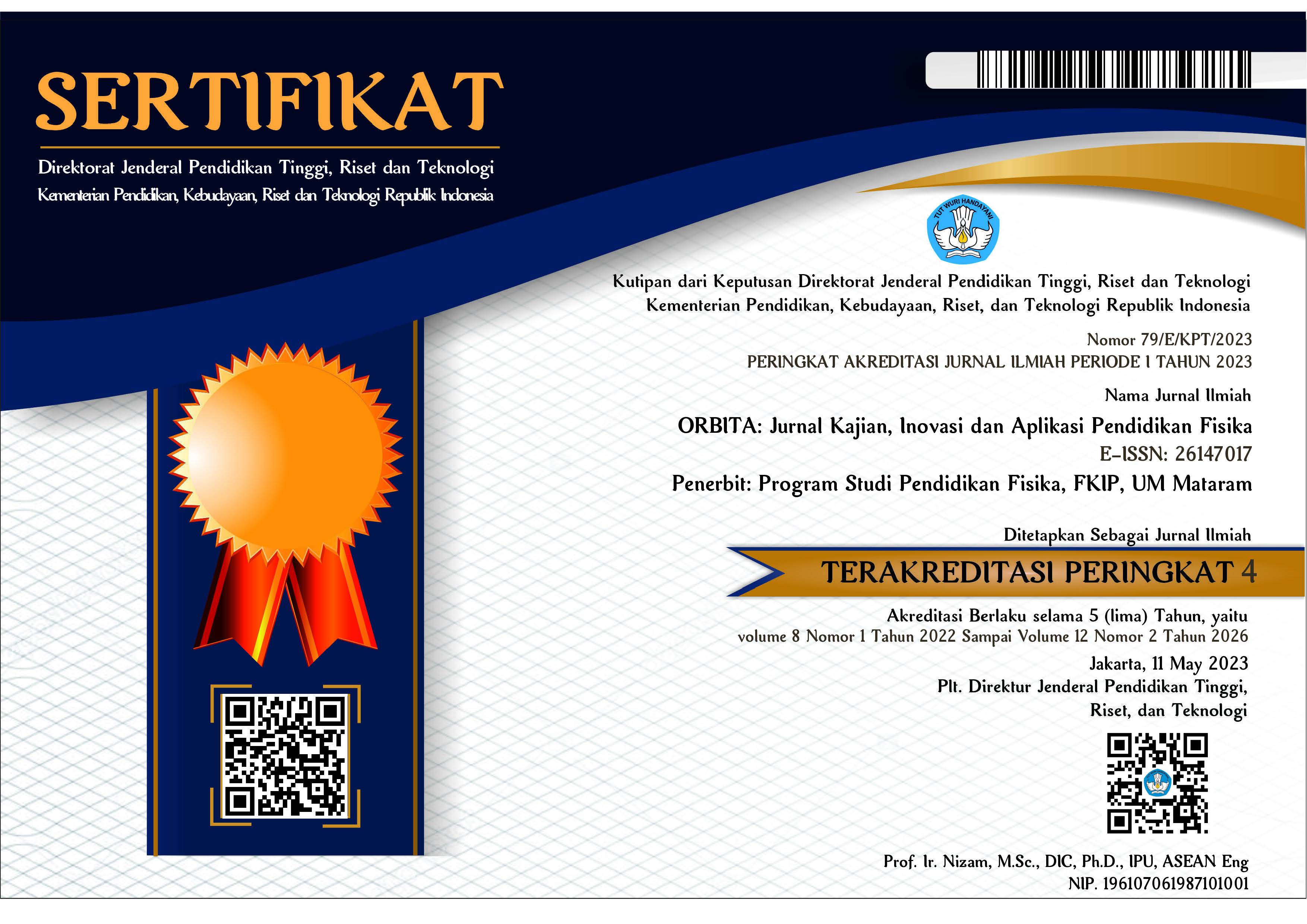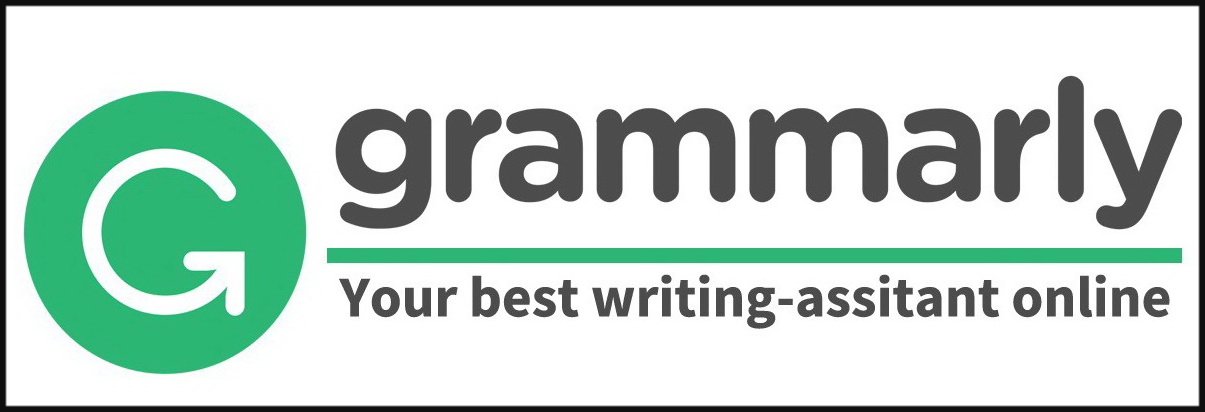Development of Virtual Reality Hydroelectric (VIRRIC) for teaching students about renewable energy
Abstract
Understanding abstract physics theories, such as energy, can be challenging for students. Teachers also face the difficulty of meeting learning objectives within limited classroom time. The purpose of this research is to develop physics learning media to teach high school students about renewable energy. The learning media is presented as virtual reality, focusing on the energy conversion process in hydroelectric power plants. The goal is for students to apply their understanding of energy conversion concepts in hydroelectric power plants as one type of renewable energy source. The research process follows the ADDIE model, focusing on the analysis, design, and development stages. Data is collected through validation sheets completed by media experts, which provide valuable suggestions for revisions. The data was analyzed using descriptive statistical methods. It is known that at this level of education, the cognitive level required for understanding renewable energy material is C4 according to the revised Bloom's taxonomy. At the design stage, storyboards are used to frame the media development process, comprising a problem orientation scene and an exploration scene. After development, the VIRRIC media was validated based on visual aspects, interest, usefulness, accuracy, legitimacy, and structure. The final media expert validation score for the VIRRIC media is 0.87, categorized as highly valid. The lowest score was in the visual aspect, which was 0.77. This was due to some text information in the media being difficult to read. The text is observable when not using a gyro device, but becomes difficult to read when observed using a gyro device. Based on these results, the VIRRIC media is deemed suitable for testing in learning after making improvements.
Keywords
References
Abdillah, F., Riyana, C., & Alinawati, M. (2018). Pengaruh Penggunaan Media Virtual Reality Terhadap Kemampuan Analisis Siswa Pada Pembelajaran Ilmu Pengetahuan Alam Kelas VII Sekolah Menengah Pertama. Edutcehnologia, 2(1), 36–38.
Abdullah, A. H., Soh, H. M., Mokhtar, M., Hamzah, M. H., Ashari, Z. M., Ali, D. F., & Samah, N. A. (2021). Does the Use of Smart Board Increase Students ’ Higher Order Thinking Skills ( HOTS )? IEEE Access, 9, 1833–1854. https://doi.org/10.1109/ACCESS.2020.3042832
Afriyanti, Y., Sasana, H., Jalunggono, G., Ekonomi, F., & Tidar, U. (2020). Analisis Faktor-Faktor Yang Mempengaruhi Konsumsi Energi Terbarukan Di Indonesia. DINAMIC: Directory Journal of Economic Volume 2 Nomor 3, 2(3).
Agusty, A. I., & Anggaryani, M. (2021). Teaching Global Warming with Millealab Virtual Reality. Jurnal Pendidikan Fisika, 9(2), 134–144. https://doi.org/10.26618/jpf.v9i2.5084
Arikunto, S. (2018). Dasar-dasar Evaluasi Pendidikan (3rd ed.). Bumi Aksara.
Branch, R. M. (2009). Instructional Design : The ADDIE Approach. In Springer. https://doi.org/10.1007/978-3-319-19650-3_2438
Chernikova, O., Heitzmann, N., Stadler, M., Holzberger, D., Seidel, T., & Fischer, F. (2020). Simulation-based Learning in Higher Education: A Meta-analysis. Review of Educational Research, 90(4), 499–541.
Faize, F. A., & Akhtar, M. (2020). Addressing environmental knowledge and environmental attitude in undergraduate students through scientific argumentation. Journal of Cleaner Production, 252, 119928. https://doi.org/10.1016/j.jclepro.2019.119928
Hamidun, Satriawan, M., & Subhan, M. (2022). Pembelajaran Fisika Tentang “ Sumber Energi Terbarukan ” Berbantuan Prototipe Konverter Sistem Reduksi Ganda Meningkatkan Hasil Belajar Siswa. Navigation Physics : Journal of Physics Education, 4(1), 56–62.
Jauhariyah, M. N. R., Prahani, B. K., Syahidi, K., Deta, U. A., Lestari, N. A., & Hariyono, E. (2021). ESD for physics: how to infuse education for sustainable development (ESD) to the physics curricula? Journal of Physics: Conference Series, 1747(1), 20–32. https://doi.org/10.1088/1742-6596/1747/1/012032
Prillyanti, D. N. B., & Anggaryani, M. (2023). Development of virtual reality on material: Archimedes’ Law (VIRMA) to improve student learning outcomes. Jurnal Inovasi Teknologi …, 10(3), 311–325. https://journal.uny.ac.id/index.php/jitp/article/view/64523%0Ahttps://journal.uny.ac.id/index.php/jitp/article/download/64523/20166
Saragih, N. D. (2022). Menyiapkan Pendidikan dalam Pembelajaran di Era Society 5.0. Seminar Nasional Pendidikan NBM Arts.
Setyawan, M. D., El Hakim, L., & Aziz, T. A. (2023). Kajian Peran Virtual Reality (VR) Untuk Membangun Kemampuan Dialogis Siswa Dalam Pembelajaran Matematika. Jurnal Pendidikan Indonesia, 4(02), 122–131. https://doi.org/10.59141/japendi.v4i02.1592
Sugiyono. (2013). Metode Penelitian Kuantitatif Kualitatif dan R&D (19th ed.). ALFABETA.
Suhartini, H. (2023). Pembelajaran Berdiferensiasi dalam Meningkatkan Hasil Belajar Fisika Murid kelas X-A SMAN 3 Pandeglang pada Materi Energi Terbarukan. 8(1), 97–101. https://doi.org/10.30653/003.202391.13
UNESCO. (2023). Technology in Education: A Tool On Whose Terms. United Nations Educational Scientific and Cultural Organization. https://doi.org/https://doi.org/10.54676/UZQV8501
DOI: https://doi.org/10.31764/orbita.v10i2.24960
Refbacks
- There are currently no refbacks.

This work is licensed under a Creative Commons Attribution-ShareAlike 4.0 International License.
______________________________________________________
ORBITA: Jurnal Pendidikan dan Ilmu Fisika
p-ISSN 2460-9587 || e-ISSN 2614-7017
This work is licensed under a Creative Commons Attribution-ShareAlike 4.0 International License.
EDITORIAL OFFICE:


























